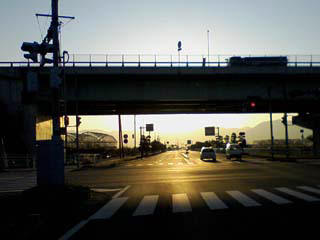| News Board JF1NLH Yamanashi LH 35 |
|
||||||||||||||||||||||||||||||||||||||||||||
| SECTIONS 10m Band Mobile Station Echo-Link APRS
|
Amateur ( HAM )
Radio Section
What is Amateur Radio? Its started with the wireless telegraphy, Wireless telegraphy is a historical term used today to apply to early radio telegraph communications techniques and practices,particularly those used during the first three decades (1887 to 1920) before the term RADIO came into use. Wireless telegraphy originated as a term to describe electrical signaling without the electric wires to connect the end points. This is the start bit of Amateur radio. Starting with the 20th century Radio amateurs have discovered a richly rewarding high-tech hobby that has many different appeals to different people. Amateur radio (also called ham radio) is the use of designated radio bands for purposes of private recreation, non-commercial exchange of messages, experimentation, self-training, and emergency communication. Amateur radio, like other regulated radio services, operates under rules that require operators to be licensed, limit the maximum power and the technical and operational characteristics of transmissions. Whether it is the ability to talk to local friends over the radio waves using a hand-held transceiver (HT), communicating digitally with packet radio to exchange personal messages or vital information in an emergency, talking to other hams anywhere in the world, or engaging in contests with other Radio Amateurs over the airwaves there is something for everyone. Band Restrictions The world is divided into 3 ITU regions each of which have their own band plan. These plans all have a great deal of overlap so you can usually talk to anyone anywhere providing you get onto a frequency acceptable to both. Several Popular Bands
PropagationWhen you pick up a handheld transceiver and communicate on VHF or UHF across town or through a repeater you are generally transmitting line of sight. Not so however with HF transmission. When you are using 160m to 10m the signal reaches the earth's ionosphere and bounces back to earth to be received at a greater distance than line of sight. The IonosphereThe ionosphere is a layer in the Earth's atmosphere that lies in a range of 80 to 300 miles above the Earth's surface that reflects radio waves. As the sun shines on the ionosphere it changes composition and height which affects the propagation characteristics. In general signals Just below 30MHz bounce off this layer and return to Earth while signals above 30 MHz go through the layer into outer space. So watch what you say on 2 meters, someone on Aandromeda might be listening. Signals below 30 MHz can also travel by ground wave and be received a short distance from the transmitter.
Something about the Magic Band 6m 6m band 50-54 in MHz goes with Lower VHF section, But this band Displays Propagation mechanisms characteristic of the HF band. This normally occurs close to sunspot maximum, when Solar activity increases ionization levels in the upper atmosphere. Its actually depends on the situation of the solar activity but, if it start to work you feel better propagation more than the HF bands.
|




